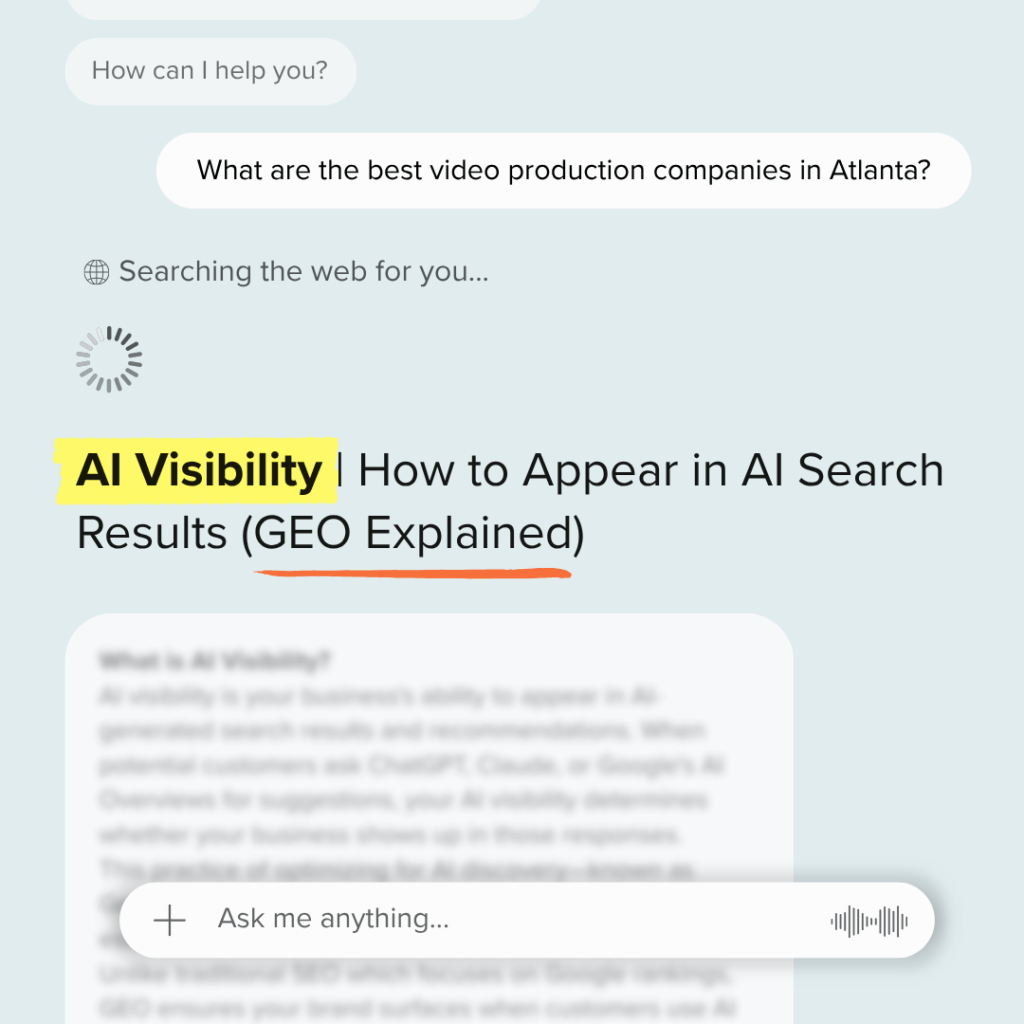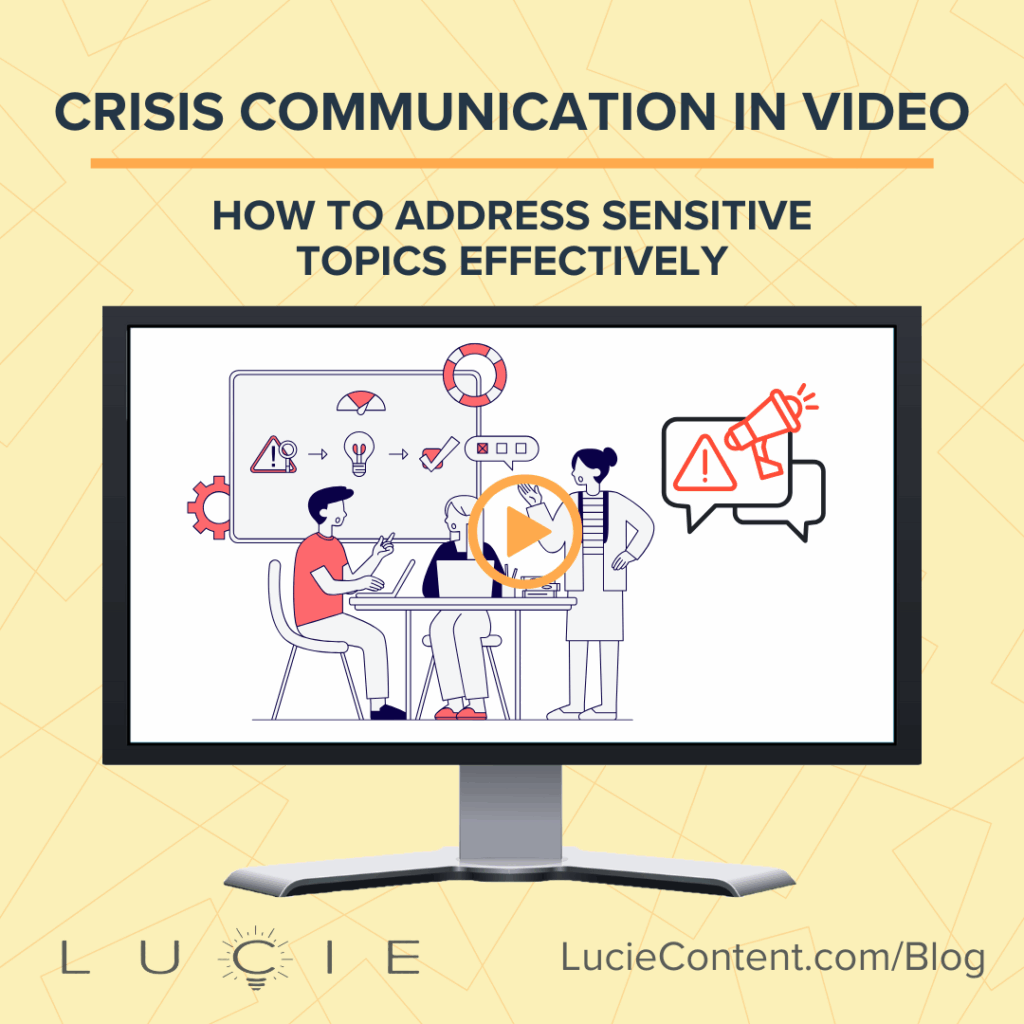As the new year begins, we find ourselves at a pivotal moment: a unique window of opportunity to refine and enhance our digital marketing strategies. Now is the perfect time to conduct a thorough content audit, ensuring your brand stays relevant and thrives in 2025. Whether you’re a nimble startup or a well-established business, conducting a detailed content audit now can set the stage for success in the months to come. This blog will guide you through the essential steps of performing a content audit, helping you capitalize on the year’s fresh start to maximize your digital impact.
Why Content Auditing is Crucial
Before diving into new strategies, it’s important to review what’s already in place. A thorough content audit helps you understand which pieces are performing well, which are outdated, and where there are gaps in your content library. This process not only optimizes your resources but also aligns your future content initiatives with your business goals.
Steps for a Successful Content Audit:
- Inventory Your Content. Start by compiling a comprehensive list of all your digital content assets. This should include every blog post, web page, video, and social media post you’ve created. Use content management systems (CMS) and spreadsheets to help organize and visualize this information systematically. This inventory will serve as the foundation for your entire auditing process, allowing you to see the full scope of your content efforts at a glance.
- Categorize the Content. Once you have a complete inventory, begin categorizing your content into logical groups that align with your business strategy. You might categorize content by type (e.g., video, article), topic (e.g., tutorials, customer stories), intended audience (e.g., beginners, professionals), or stage in the buyer’s journey (awareness, consideration, decision). This step helps streamline the audit process by segmenting content into manageable clusters for more detailed analysis.
- Analyze Performance. Evaluate the performance of each content piece using metrics such as page views, engagement rates, SEO rankings, and conversion rates. Tools like Google Analytics can offer valuable insights into how each piece is performing. This analysis helps identify high-performing content that resonates with your audience and areas where the content may be falling short.
- Assess Quality and Relevance. Review each content piece for its accuracy, timeliness, and relevance to your target audience. Check if the content aligns with your current marketing goals and brand message. This assessment can reveal outdated information or topics that no longer reflect your business’s focus, indicating a need for updates or adjustments.
- Identify Gaps and Opportunities. Look for themes or topics that are either underrepresented or have evolved since your last audit. This step is crucial for spotting trends that you might be missing, which could provide valuable opportunities for new content. Identifying these gaps can guide your future content creation efforts, ensuring that your strategy addresses all areas of interest to your audience.
- Make Decisions. Based on your findings, decide the fate of each piece of content. Determine whether to update, repurpose, enhance for better SEO, or retire content that is no longer relevant. These decisions should be strategic, aiming to optimize your content library and ensure that each piece contributes positively to your marketing objectives.
- Plan for Action and Implement Changes. With all the necessary information at hand, update your content strategy to incorporate the changes you’ve decided on. Plan detailed actions for each piece of content needing attention. Then, begin executing these changes, whether that’s rewriting outdated articles, optimizing existing content for better search engine visibility, or creating entirely new pieces to fill identified gaps.
- Monitor and Repeat. Content auditing is an ongoing process, not a one-time task. Regularly scheduled audits ensure that your content remains current, relevant, and effectively aligned with your evolving business goals. Continuously monitoring the performance of your content also allows you to adapt to changes in audience behavior and industry trends, keeping your digital presence strong and engaging.
Use a content audit to enhance brand performance
A thorough content audit sets a solid foundation for all your digital marketing efforts in 2025. By taking the time to review and refine your content early in the year, you position your brand to lead with relevance, engage more effectively with your audience, and achieve your business goals. Embrace this opportunity to lay the groundwork for a successful year by starting with a comprehensive content audit.












